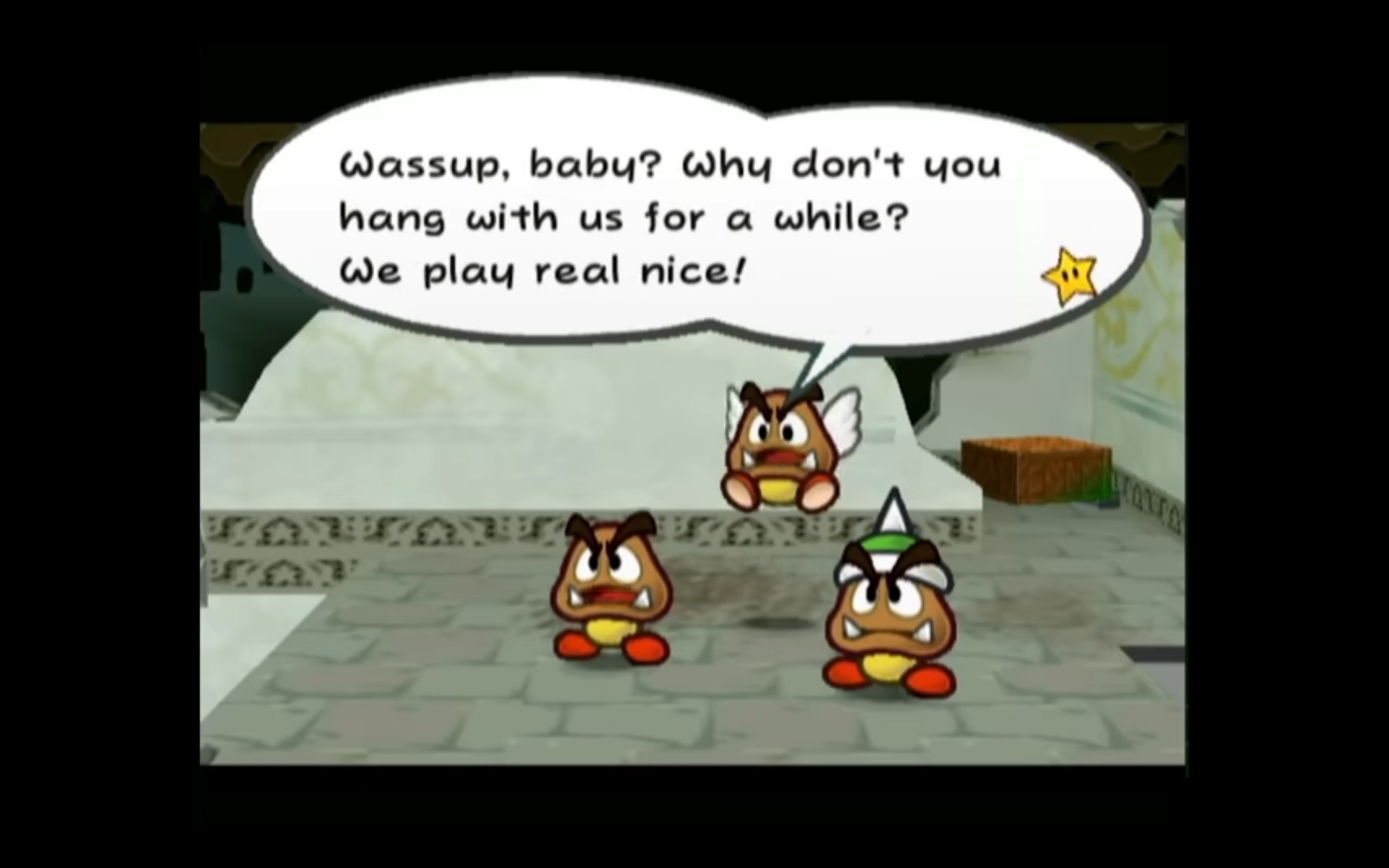
Summary:
This article delves into the dialogue adjustments featured in the Paper Mario: The Thousand-Year Door Switch remake. By comparing the original dialogue from the GameCube release with the updated version in the Switch remake, we analyze changes in tone, language, and character dynamics. The discussion explores cultural sensitivity in video game localization, considering the impact of cultural nuances on player experience. Additionally, we examine fan reactions, Nintendo’s approach to remakes, and the significance of dialogue adjustments in preserving authenticity while catering to diverse audiences.
Changes in Paper Mario The Thousand-Year Door
In 2004, Nintendo released Paper Mario: The Thousand-Year Door for the GameCube, captivating players with its charming visuals, engaging gameplay, and witty dialogue. Fast forward to 2024, and Nintendo surprises fans with a Switch remake, sparking discussions about changes made to the beloved dialogue.
Original Dialogue
The original dialogue features playful banter between Goombella, Professor Frankly, and the Goombas encountered in the ruins beneath Rogueport. Goombella’s witty retorts to the Goombas’ advances establish her as a strong, independent character, while the Goombas’ behavior highlights their comedic yet somewhat antagonistic nature.
Switch Remake Dialogue Comparison
In the Switch remake, the dialogue undergoes significant changes, with a shift towards a more confrontational tone. Goombella’s response becomes more assertive, reflecting a departure from the original’s playful banter to a more direct confrontation. The Goombas’ dialogue is also altered to emphasize their disdain for surface-dwellers.
Cultural Sensitivity and Localization
The localization process involves more than just translating words; it requires understanding cultural nuances and adapting dialogue to resonate with the target audience. In the case of Paper Mario: The Thousand-Year Door, Nintendo faced the challenge of balancing cultural sensitivity with maintaining the game’s charm and humor.
Community Reactions and Interpretations
Fans have expressed mixed reactions to the dialogue changes, with some appreciating the updated tone for its assertiveness and others feeling nostalgic for the original banter. The scene has sparked discussions on social media platforms and gaming forums, showcasing the passionate fanbase’s diverse perspectives.
Significance of Character Portrayal
The dialogue scene serves as a microcosm of the game’s larger themes of friendship, adventure, and overcoming obstacles. Goombella’s assertiveness highlights her growth as a character, while the Goombas’ behavior reinforces the game’s lighthearted yet challenging atmosphere.
Nintendo’s Approach to Remakes
Nintendo’s approach to remakes involves balancing nostalgia with innovation, aiming to deliver an experience that resonates with both longtime fans and new players. Dialogue adjustments are made with careful consideration of cultural sensitivities and evolving player preferences.
The Switch remake boasts updated visuals, including higher resolution textures, improved lighting effects, and smoother animations. These enhancements breathe new life into the game, providing players with a visually stunning experience that complements the updated dialogue and gameplay.
Preferred Version Debate
The debate over the preferred version of the dialogue scene reflects broader discussions within the gaming community about the balance between preserving the original experience and adapting games for modern audiences. While some players prefer the nostalgic charm of the original dialogue, others appreciate the updated tone for its assertiveness and relevance to contemporary sensibilities.
Conclusion
The dialogue adjustments in the Paper Mario: The Thousand-Year Door Switch remake offer an intriguing glimpse into the complexities of video game localization and the evolving nature of player preferences. While opinions may vary on which version of the dialogue is superior, the scene’s enduring appeal speaks to the timeless charm of the Paper Mario series.
FAQs
- Q1: What prompted Nintendo to adjust the dialogue in the Switch remake?
- A1: Nintendo aimed to modernize the game’s dialogue while addressing cultural sensitivities and enhancing player immersion.
- Q2: How did fans react to the updated Goomba encounter?
- A2: Fan reactions varied, with some appreciating the changes for cultural sensitivity, while others preferred the original dialogue for nostalgia reasons.
- Q3: Were there any other significant changes in the Switch remake besides dialogue?
- A3: Alongside dialogue adjustments, the Switch remake featured updated visuals and minor gameplay enhancements.
- Q4: Can players toggle between the original and updated dialogue in the game settings?
- A4: No, players cannot toggle between dialogue versions in the game settings; the updated dialogue is the default in the Switch remake.
- Q5: What other games in the Paper Mario series have undergone similar dialogue adjustments?
- A5: While the Paper Mario series has seen various localization changes, Paper Mario: The Thousand-Year Door stands out for its notable dialogue adjustments in the Switch remake.













